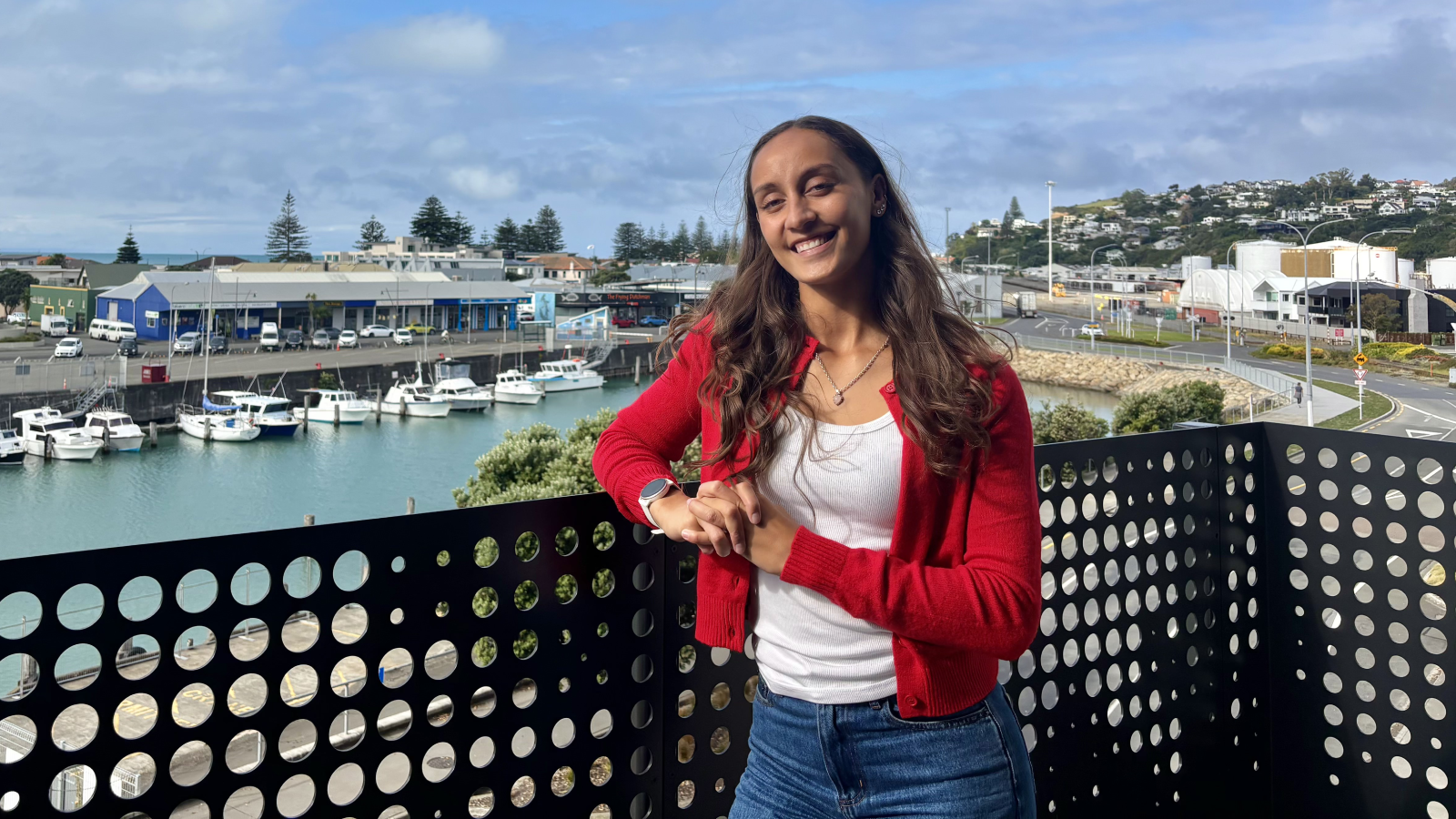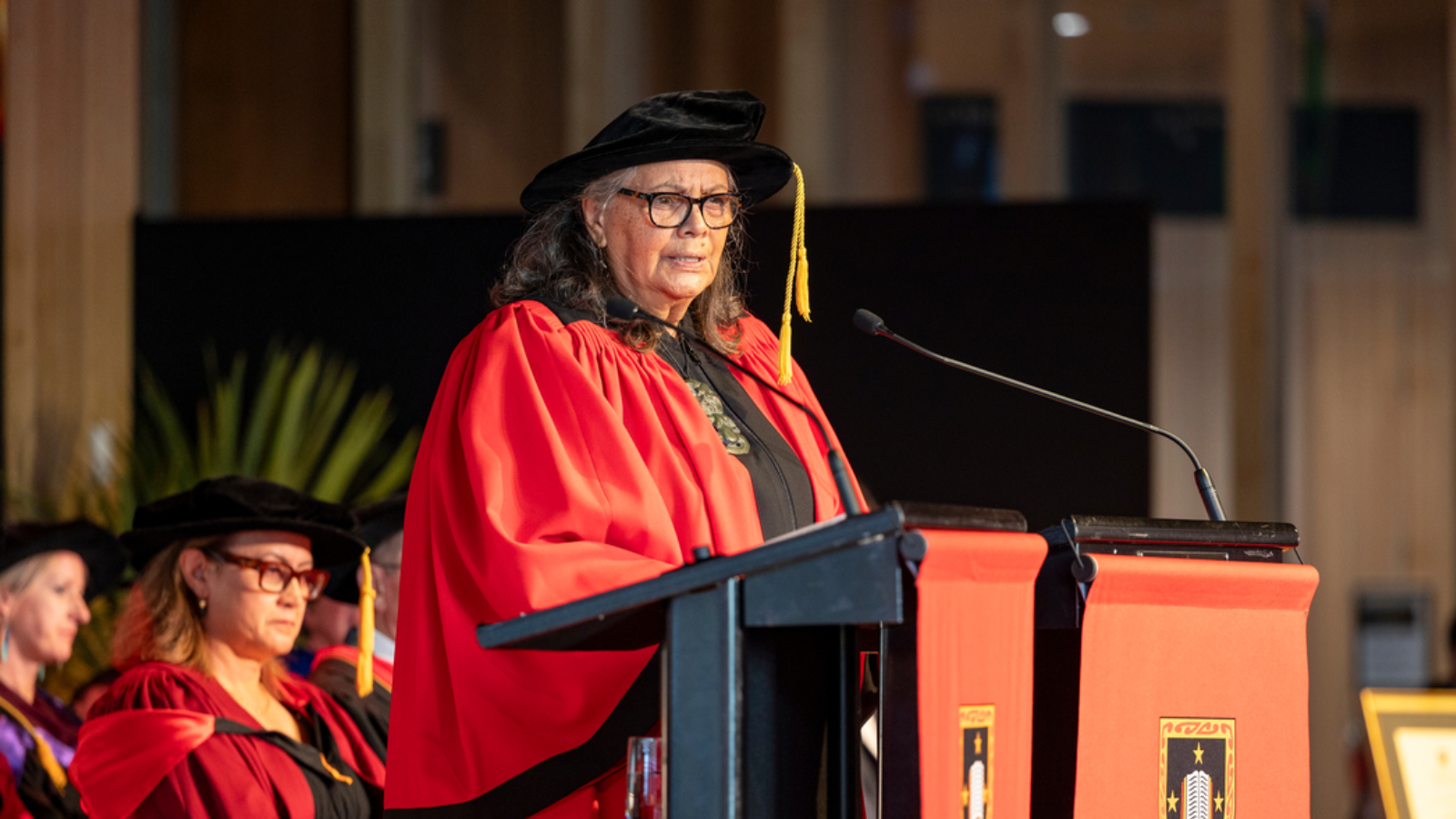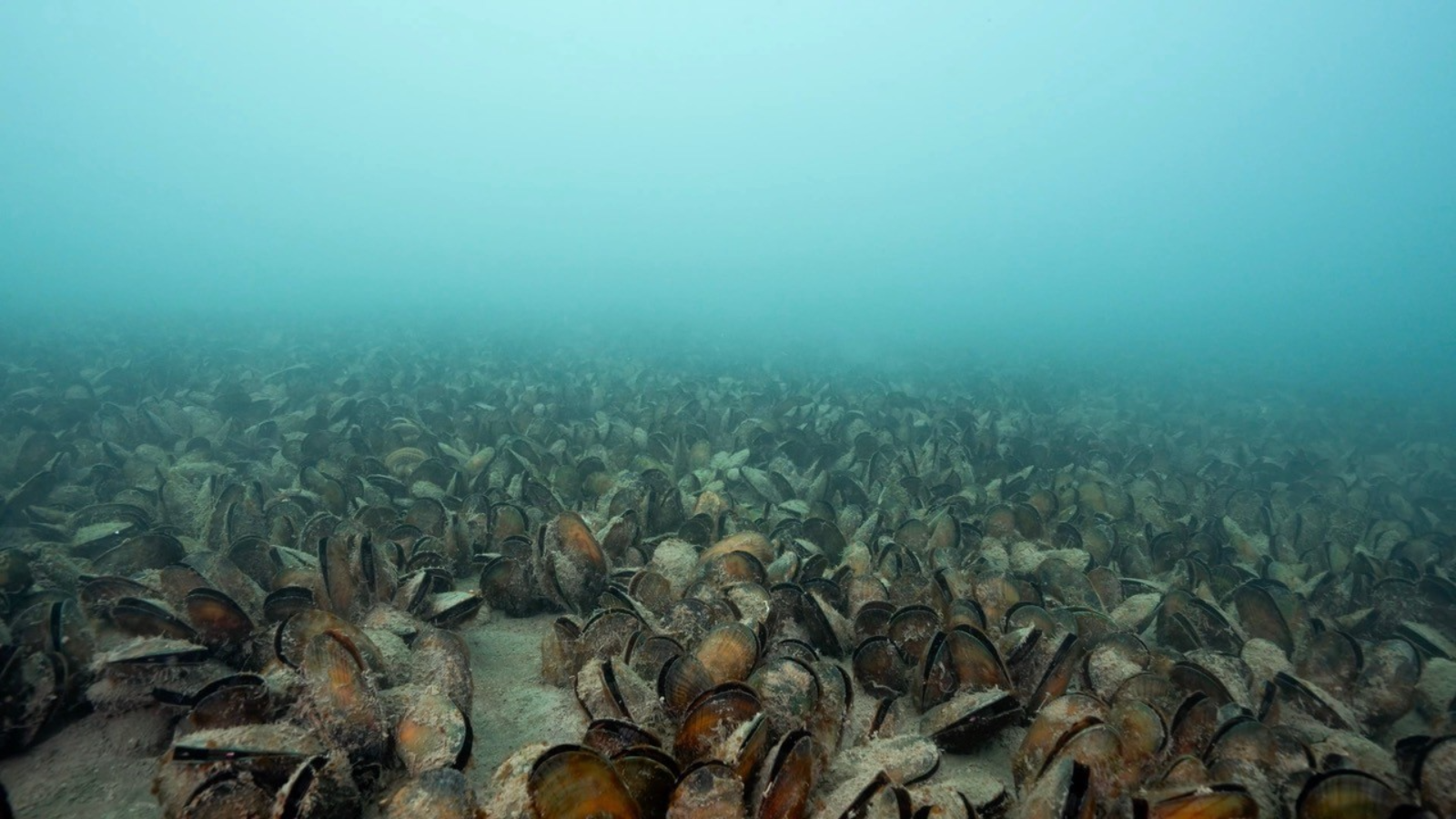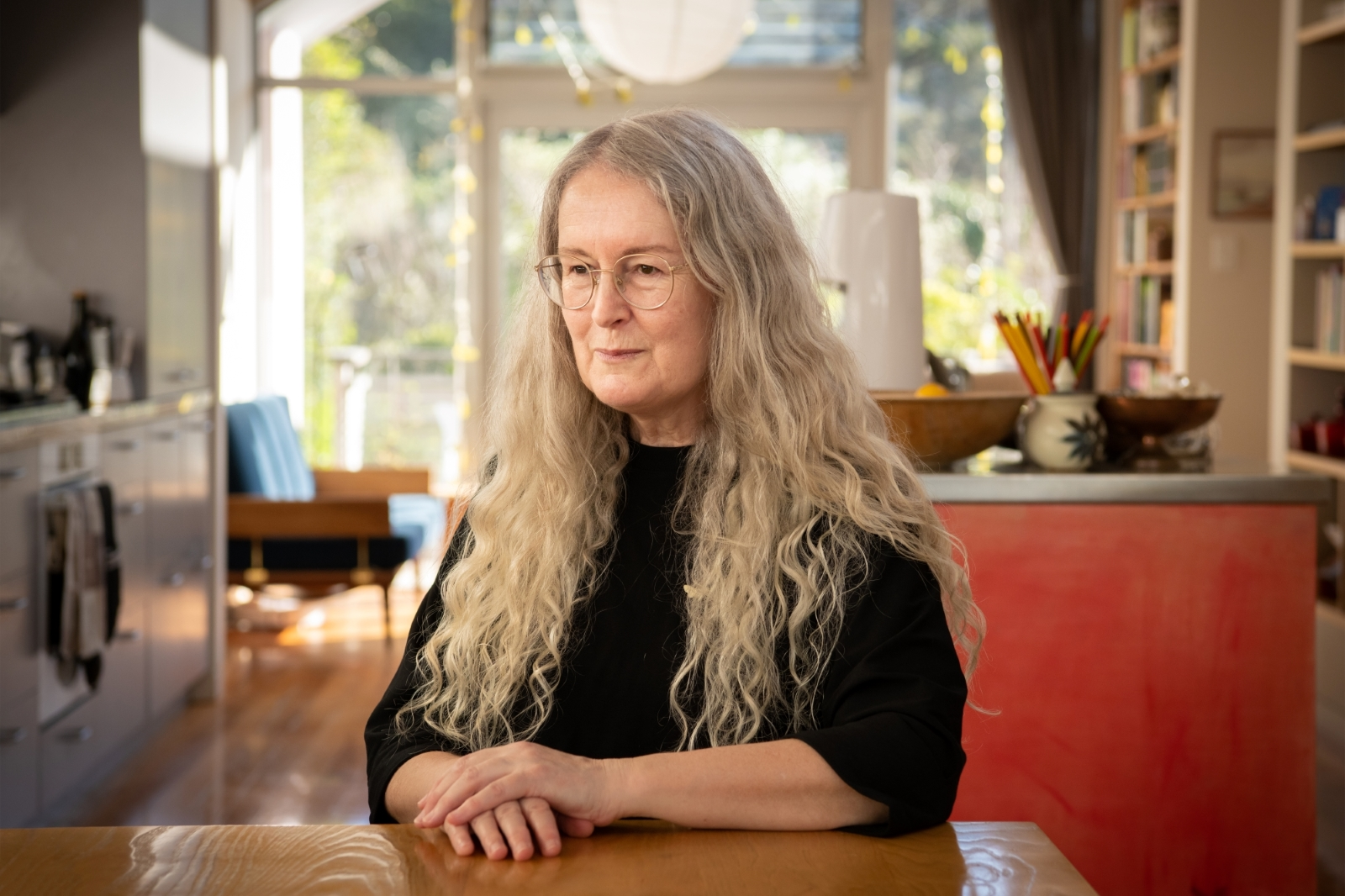More than 80 high school students from Mount Maunganui College and Te Puke High School took part in Biomechanics Day 2025 at the University of Waikato’s Adams Centre for High Performance yesterday. The interactive outreach event is designed to inspire the next generation of scientists, researchers and sport professionals.
Led by Dr Kim Hébert-Losier, an Associate Professor in the Division of Health, this annual event introduces students to the fundamentals of biomechanics through hands-on workshops and real-world research applications.
“Biomechanics is the science of movement, but it’s also about improving lives,” says Dr Hébert-Losier. “It spans elite sport, everyday wellbeing, and everything in between.”

Dr Kim Hébert-Losier and University of Waikato master's students.
The University of Waikato was one of the first institutions to bring National Biomechanics Day to New Zealand. It hosted its inaugural event in 2017 with support from the Curious Minds fund, which is administered by the Ministry of Business, Innovation and Employment.
Dr Hébert-Losier, a trained physiotherapist and international researcher, has been the driving force behind the University’s involvement from the beginning and continues to lead the initiative as part of the University’s broader community engagement.
“When I first got into biomechanics, I used to joke that I’d gone over to the dark side, from clinical practice into numbers,” she says. “But that clinical background helps me bridge the gap between theory and application. I’m passionate about making the science meaningful.”
Even after the disruption of Covid-19, when many institutions paused their outreach programmes, Dr Hébert-Losier remained committed to keeping the initiative alive.
“For me personally, it was important to keep connecting with schools and students, especially young women. One of the best ways to encourage girls to stay in STEM is to show them people they can see themselves becoming.”
This year’s workshops were led by master's students from the University of Waikato, who all came through the University’s own undergraduate programme. For them, it was a full-circle moment, returning as mentors to help spark curiosity in the next generation of sport science professionals.
Benjamin Bidois, a master's student and full-time lab technician and research assistant at the University of Waikato, led the performance analysis and career pathways session. He is currently researching the science behind advanced footwear technology, specifically the “super shoes” that have revolutionised elite running since 2016. Focusing on the variability in individual responses to this technology, Benjamin is using biomechanics to better understand and predict who stands to benefit most from these performance-enhancing shoes.
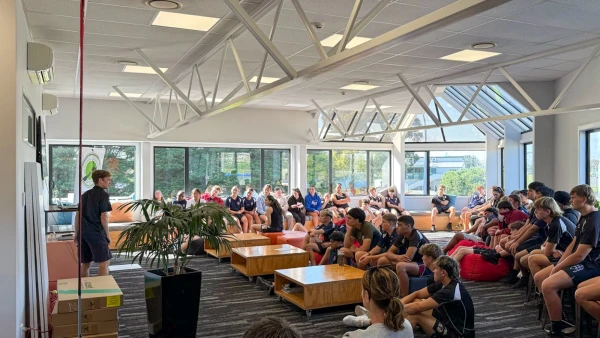
Master's student Benjamin Bidois addresses the gathered crowd.
“Being part of Biomechanics Day is an incredible opportunity for students to step into a high-performance environment and get hands-on with real sports science technology,” says Benjamin. “It’s exactly the kind of experience that would have inspired me as a young student, that is, seeing how biomechanics can boost athletic performance and lead to exciting career opportunities.”
Students rotated through a series of interactive stations, including 3D motion capture, sprint and reaction time testing, balance assessment, strength-endurance assessment (using the Calf Raise App developed by Dr Hébert-Losier) and performance analysis. The workshops demonstrated how sport and health professionals use science and data to improve movement, performance and recovery.
“We’re using computer vision, app development and even machine learning in our biomechanics research,” says Dr Hébert-Losier. “Science today doesn’t just live in a lab. It lives in sport, in health and in innovation.”
For schools like Mount Maunganui College and Te Puke High School, Biomechanics Day is a rare opportunity to access university-level science in a high-performance environment.
“Not every student is going to become an elite athlete, but many of them love sport,” says Dr Hébert-Losier. “This event helps them understand that there are so many roles behind the scenes. Roles in performance, rehab, research and tech, where they can make a difference.”
“It’s about visibility and connection,” she adds. “When students walk into a university lab and see someone like them doing science, it can shift how they see their future and what they believe is possible.”
